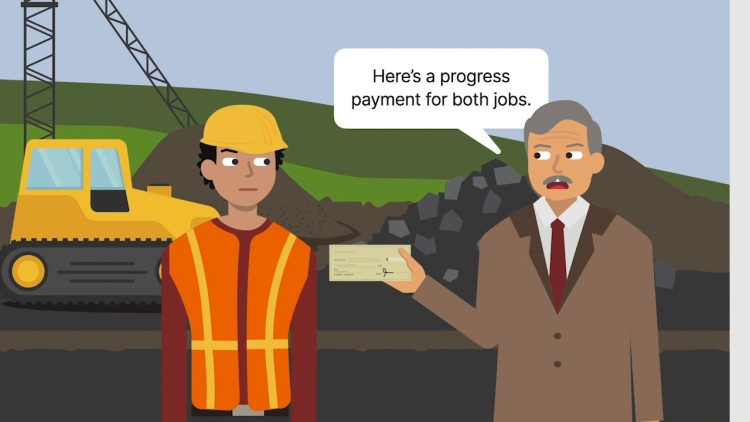United States v. Heyward-Robinson
United States Court of Appeals for the Second Circuit
430 F.2d 1077 (1970)

- Written by Sean Carroll, JD
Facts
The Heyward-Robinson Company (Heyward) (defendant) hired D’Agostino Excavators, Inc. (D’Agostino) (plaintiff) as a subcontractor for two construction jobs. One job was the construction of Navy barracks for the federal government (Navy job); the other job was a non-federal job for construction of a plant for Stelma, Inc. (Stelma job). The subcontracts were separate, but Heyward had the right to terminate both of them if D’Agostino breached either one. In addition, progress payments made by Heyward were not for one job specifically, but were made as a lump sum for both jobs. D’Agostino brought a federal suit against Heyward, seeking to recover payments due on the Navy job. Heyward counterclaimed for alleged overpayments on both the Navy job and the Stelma job. D’Agostino then filed a reply counterclaim to recover payments allegedly due on the Stelma job. The jury found in favor of D’Agostino on both jobs. Heyward appealed on the grounds that the United States District Court for the District of Connecticut had no jurisdiction over the counterclaims on the Stelma job because it was not a federal contract and there was no independent basis of federal jurisdiction.
Rule of Law
Issue
Holding and Reasoning (van Pelt Bryan, J.)
Concurrence (Friendly, J.)
What to do next…
Here's why 899,000 law students have relied on our case briefs:
- Written by law professors and practitioners, not other law students. 47,000 briefs, keyed to 994 casebooks. Top-notch customer support.
- The right amount of information, includes the facts, issues, rule of law, holding and reasoning, and any concurrences and dissents.
- Access in your classes, works on your mobile and tablet. Massive library of related video lessons and high quality multiple-choice questions.
- Easy to use, uniform format for every case brief. Written in plain English, not in legalese. Our briefs summarize and simplify; they don’t just repeat the court’s language.





